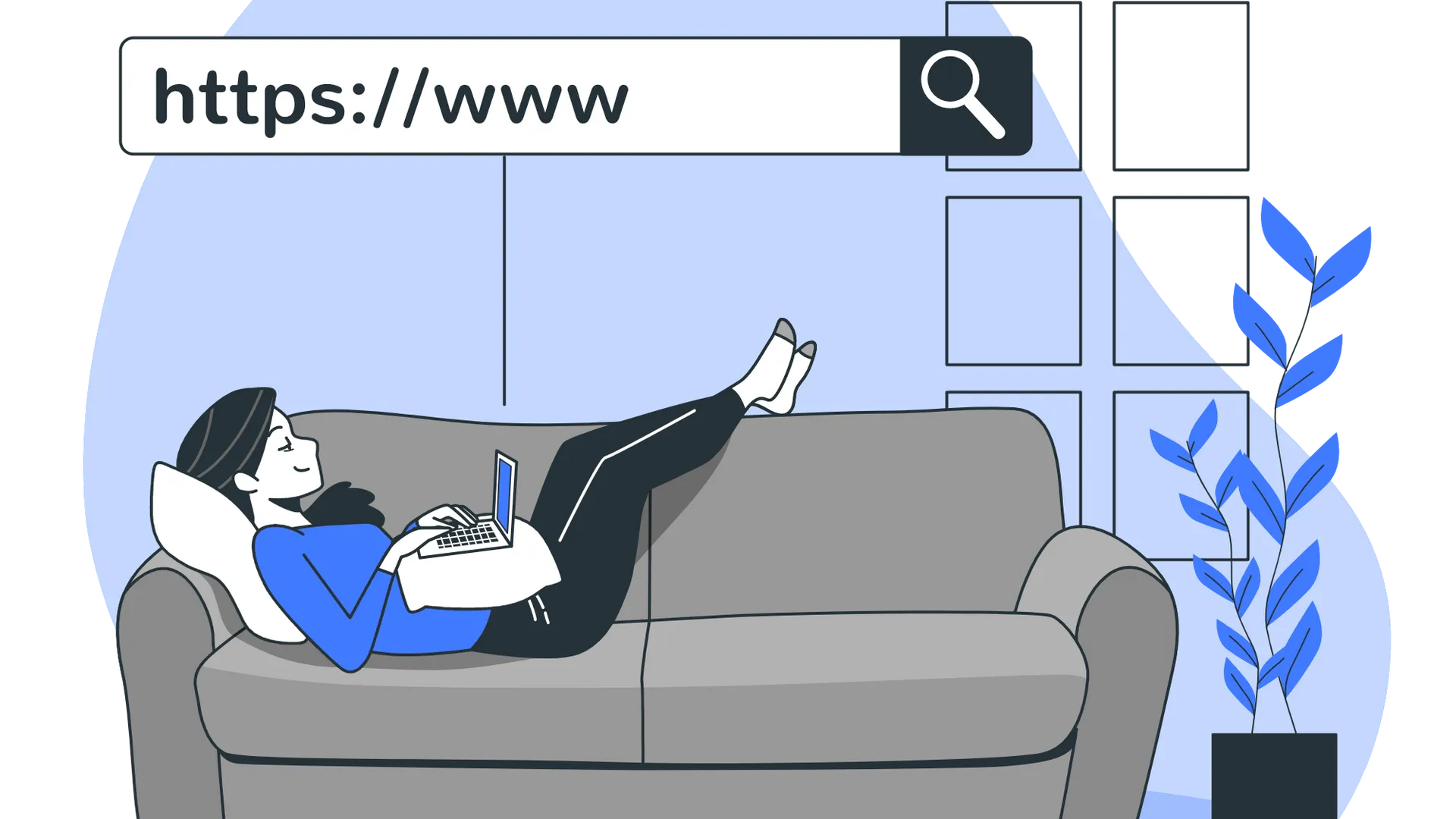User Persona: Get Acquainted to Make a Better Product
Published on 19 September, 2022

A super-functional cooking app for housewives will have no sense if a young mom with limited time and modest digital skills can’t quickly find a recipe for a birthday cake there. When we create a product, it’s important clearly see the end user: his lifestyle, habits, skills, and needs. We have to feel empathy for this young mom. The empathy will help us to develop a really usable app.
Find your perfect user
A big app covers a big audience. To make this app really useful for this audience, the best decision - to develop it personally for a User. How to identify a user, who will personify a target group of your product?
In a perfect world, creating a user persona starts with user research. There are plenty of user research techniques that help a product team capture this information, such as:
- online surveys
- web analytic
- user interviews
- focus groups
- contextual interviews
- usability tests, etc.
But, as experience shows, it is possible to define the target group and the perfect user (a user persona) at the stage of the Discovery Workshop. The right communication between a customer and a dev team will help to create a portrait of a typical user.
Give a name to your persona
When you have defined your user persona - make it as real as possible, give more personal details. For example, let’s get acquainted with a young mom Ann. She is 26. Married. She is really busy with her kid and not so experienced in cooking. But she wants to impress her family with a tasty and nice birthday cake. Maybe she even wants her little kid to help her with decorating for great memories and a good time together. She has no possibility to monitor 100 sites with recipes. She needs an app with the most simple search, recipes sorted by categories, photos, and comments of users who have already cooked the dish. She usually reads comments for a quick conclusion - is this dish worth cooking or not.
So, Ann is our persona - a typical user of our future app.
Why is it so important to think not about an abstract user, but about a real person? A deep understanding of a target audience is fundamental to creating expectational products. By understanding the expectations, concerns, and motivations of target users, it’s possible to design a product that will satisfy users’ needs and therefore be successful.
Make a user persona description
A user persona is a fictional representation of your ideal customer, your target audience. Knowing your audience will help influence the features and design elements you choose, thus making your product more useful.
To visualize a target audience better, dev teams usually create information cards - user persona templates. A well-defined user persona contains four key pieces of information:
- Header
- Demographic profile
- End goal(s)
- Scenario
The header includes a fictional name, image, and quote that summarizes what matters most to the persona as it relates to your product.
The demographic profile includes four main sections:
- personal background (age, gender, ethnicity, education, persona group, family status)
- professional background (job occupation, income level, and work experience)
- user environment (physical, social, and technological context of the user)
- psychographic (attitudes, interests, motivations, pain points)
The end goal is the main driving force of your user and determines what the persona wants or needs to fulfill.
The scenario is typically written from the perspective of the persona and describes use cases that may happen in the future (connected with the product).
If you’re creating multiple user personas to represent different segments of your user base, you can also assign each persona a tagline or label. This helps to distinguish between the different personas, make them memorable. Make sure each persona is specific and realistic, avoid exaggerated caricatures.
Write user stories for the persona
When you can clearly see an end-user of your product, it’s the right time to start the user stories-writing process.
Everything changes when you start to think about the user stories from the persona’s perspective. If you are working not for an abstract user, but for a person with a name and bio the quality of the user stories really increases.
Let’s outline the main benefits:
- Features are tightly connected to the actions the persona does.
- Features resolve a real need that the persona has.
- Focus is on delivering value to the persona.
- Exclusion of the subjective component when planning the functionality of an app.
Personas are helpful throughout the entire product development phase: from deciding on which features to have in a prototype, to evaluating the end product. Empathy to your user is a key to developing a really usable product.
About the Author
About our team
Jet.Dev is a team of digital specialists who design, build and optimize digital solutions.
Since 2016, being a Drupal development company, the team has partnered with companies of all sizes, from startups to enterprises, to help them build appealing websites, robust web apps, and secure integrations.
